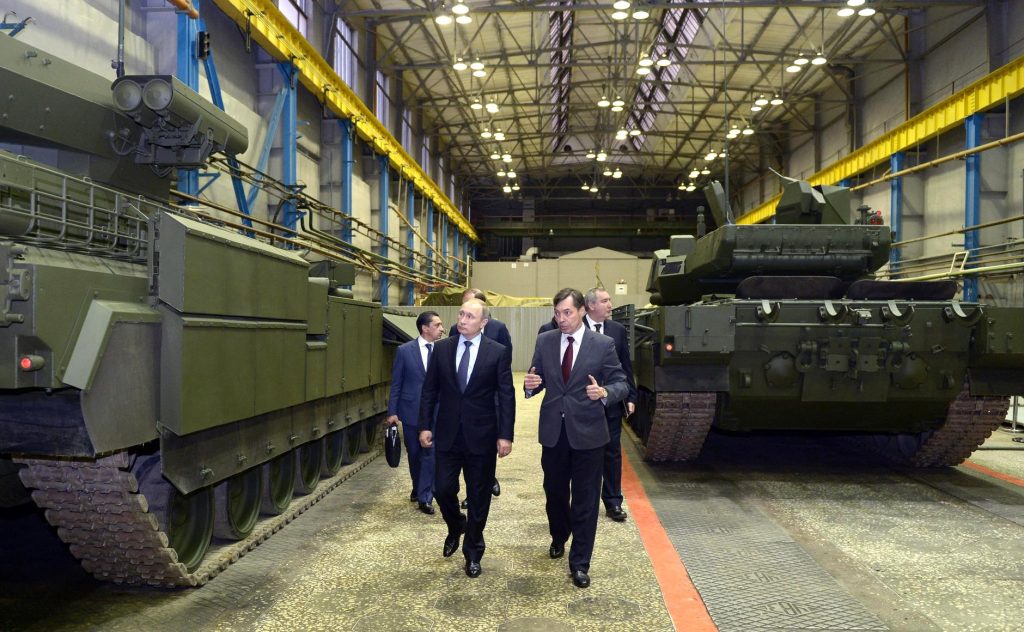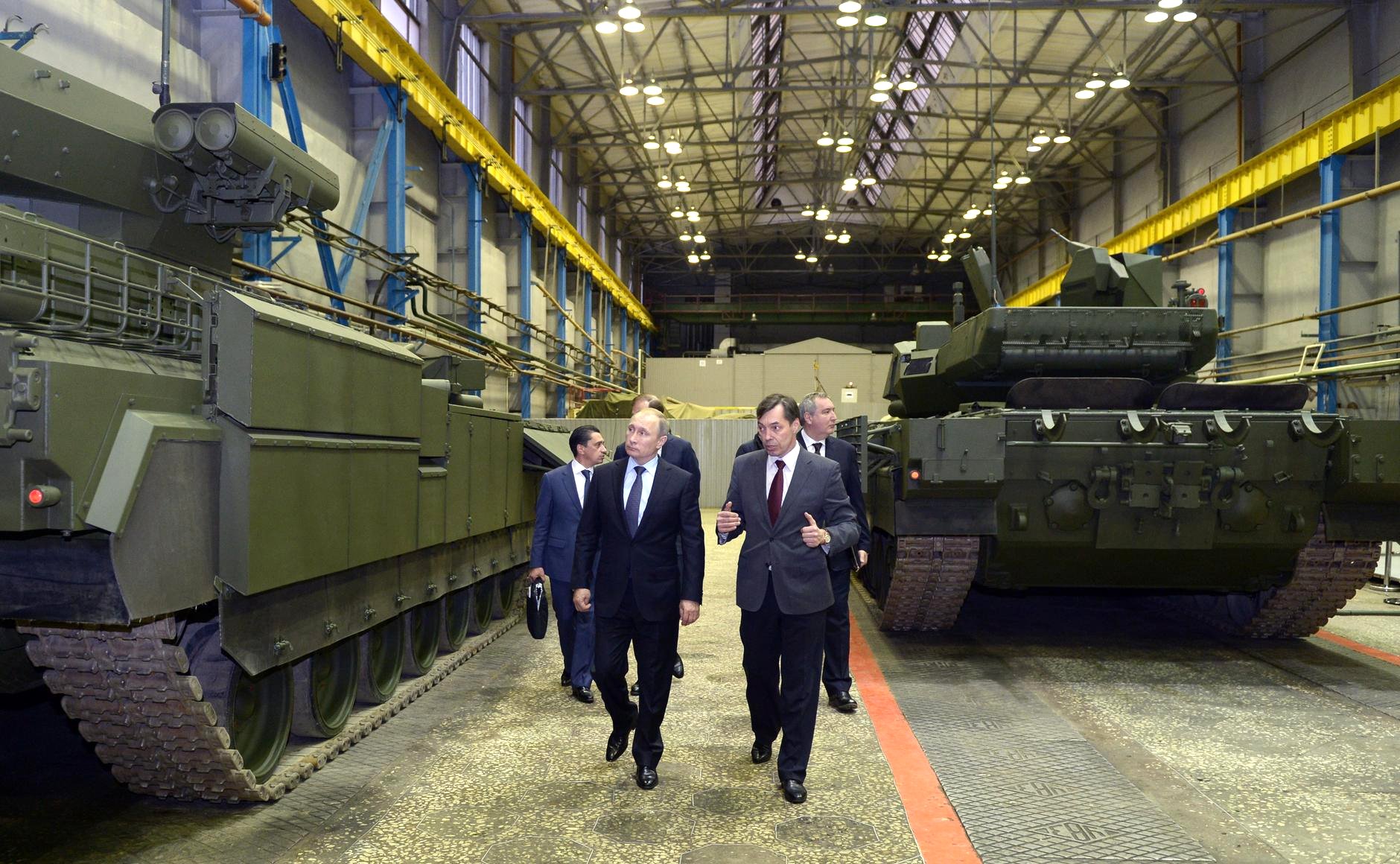
Over the past year, significant infrastructural developments have been noted in Russian factories engaged in the production of aircraft, combat helicopters, and cruise missiles. This was brought to light by an investigation conducted by Skhemy/RFE/RL.
Satellite imagery analysis carried out by the Ukrainian Skhemy/RFE/RL project indicates a steady expansion in the operational capabilities of Russian military factories that manufacture tactical and strategic aircraft, combat helicopters, and cruise missiles. The infrastructural growth observed at these defense industry sites over the past year suggests preparations for a prolonged conflict, as reported by investigative journalists.
The Kazan Aviation Plant, a subsidiary of the state-owned Rostec corporation, is located near the Borisoglebsk Airport in Kazan, primarily used for civilian traffic. While the plant does produce some commercial aircraft, it is also involved in the production and maintenance of strategic bombers like the Tu-160, known for its missile launching capabilities against Ukraine.
“Since the Soviet era, the Kazan Aviation Plant has been considered a strategically important facility due to its history of producing and servicing the nuclear triad’s strategic aircraft: Tu-16, Tu-22, and Tu-160. Its current capabilities allow for the advanced modernization and repairs of the existing Tu-22M3 and Tu-160 aircraft,” aviation specialist Anatolii Khrapchynskyi told Skhemy.
Earlier this year, a significant addition was made to the Kazan plant – a large hangar complex consisting of two buildings, spanning 300 meters in length and extending over 180 meters in width, as confirmed by satellite images. Although Russian state media claims that it is for the construction of new Tu-214 commercial planes, experts speculate that the spacious area could be used for the maintenance of strategic bombers like the Tu-160.
“The hangar consists of two sections. Considering its vast expanse, one part could facilitate the assembly or maintenance/repair of large components. As it appears, it can house three Tu-160 aircraft concurrently. The other section comprises workshops for the repair or fabrication of aircraft components and parts, said Khrapchynskyi elucidates,
Moreover, the state-owned aircraft factory in Irkutsk, recognized for producing variants of the Su-30 fighter jet, appears to be expanding its capabilities. As per The Military Balance, Russia reportedly has over 120 Su-30 aircraft. This Irkutsk factory is also tasked with carrying out repairs on Su-30s and notably worked on one that crashed into a residential building in Irkutsk in October 2022. Following this incident, Ukraine’s military intelligence suggested that the crash might have resulted from substandard repair work done on the Su-30 at the factory.
Recent analyses of satellite imagery reveal the construction of a large building with runway access at the Irkutsk factory since 2019. Progressing to the current year, a structure similar to the aforementioned one has also been completed.
Khrapchynskyi interprets this additional hangar as a dedicated space for routine maintenance and minor aircraft repairs. This applies to any aircraft it can accommodate, whether they are Su-30 fighters or civilian planes.
Under the guise of a civilian aviation factory, the Ural Civil Aviation Plant, located in Yekaterinburg, also undertakes the restoration of engines and gear systems of military helicopters. Models such as Mi-2, Mi-8, Mi-24, and Ka-52, extensively used by Russia in its incursion into Ukraine, are part of its repertoire. In September 2022, local media outlets from the Ural region reported a sudden increase in employment in response to increased production volumes. Satellite images from late 2021 show the construction of a large, new workshop within the plant’s premises, measuring a vast 145 by 75 meters.
According to Khrapchynskyi’s assessment, the recent infrastructural addition to the Ural Civil Aviation Plant is likely to support the production of aviation engines or auxiliary power units, accessories that provide additional power to aircraft and helicopters.
The Dubna Machine-Building Plant supports Russia’s increased production of drones for military use. It houses the Raduga Machine-Building Design Bureau, a subsidiary of Russia’s Tactical Missiles Corporation. This bureau is responsible for the production of missiles such as the Kh-22, Kh-55, and Kh-101, which Russia has used to target civilian areas in Ukraine, like the Amstor Mall in Kremenchuk.
Starting in 2021, satellite images have shown the construction of a large new structure near the Dubna plant, equipped with two helicopter landing facilities. This factory is owned by Kronshtadt, a subsidiary of AFK-Sistema associated with Vladimir Yevtushenkov, a billionaire oligarch closely connected to Vladimir Putin. Kronshtadt is known for its production of Orion, Helios, and various other military-grade drones.
In May 2022, senior executives at AFK-Sistema announced plans to divest from Kronshtadt. However, records from the Russian registry of legal entities suggest otherwise, indicating that AFK-Sistema still holds a significant 49.6% stake in Kronshtadt’s subsidiary, KT-Bespilotnye Sistemy. This subsidiary maintains active connections with Russia’s Defense Ministry and FSB, as reported by Skhemy. Amid the ongoing full-scale war as of June 2022, a Kronshtadt official reported an increase in production activities at their new Dubna factory, necessitating an expansion of the workforce.
“In response to the surge in received orders, our soon-to-be-active unmanned aerial vehicle production site will employ a 24/7 three-shift work schedule. Consequently, we are actively seeking to expand our team at Kronshtadt,” said Kronshtadt Deputy Director Aleksey Belykh.





